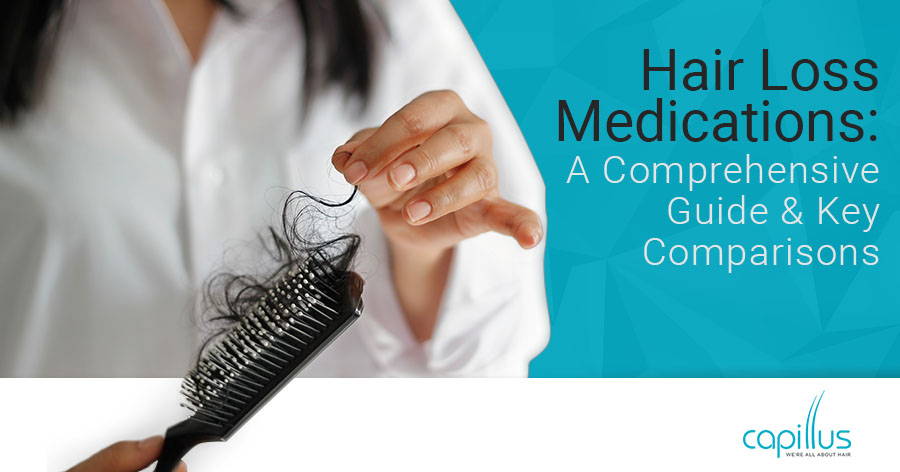Some hair loss is considered normal, but other symptoms may be a cause of concern. When losing hair is not the sign of a health condition, it can certainly affect your appearance and confidence. If you are experiencing conditions like male- or female-pattern baldness, acute hair loss, or thinning hair, you are probably wondering what you can do to reverse the issues. Better yet, you want a remedy that can help you to grow thicker, more beautiful locks so you can enjoy healthier hair.
Know that there are a variety of options available to you, including procedures, at-home therapies, and medications. The strategies that you choose will depend on your personal reasons for hair loss. It is also a good idea to consider your health history, your treatment preferences, and your lifestyle. Some people are searching for the fastest or most effective option, while others are looking for natural solutions for hair regrowth like what to eat for healthy hair. If you are open to using medications, it is important to know what is available and how to use them safely.
The following guide will explain which hair loss medications are available, as well as how they compare and contrast with each other. You will also learn who is not eligible to take these medicines, which side effects to watch out for, and how to use them in conjunction with treatments like laser therapy. After reviewing the information and each of your options, you will have a better idea of how to grow healthier hair. You will also know which questions to ask your doctor.
What Are Hair Loss Medications?
Hair loss medications come in two types. The first kind is available over the counter (OTC) as an oral or topical medicine. The second is a prescription from your doctor designed to treat symptoms of hair loss or thinning, all while encouraging healthy hair regrowth. Some of these products are available online or in stores. Others are prescribed by your doctor and filled by your pharmacist.

Understanding How Hormones Can Affect Hair Loss
How Psoriasis Can Affect the Scalp & Your Hair Growth